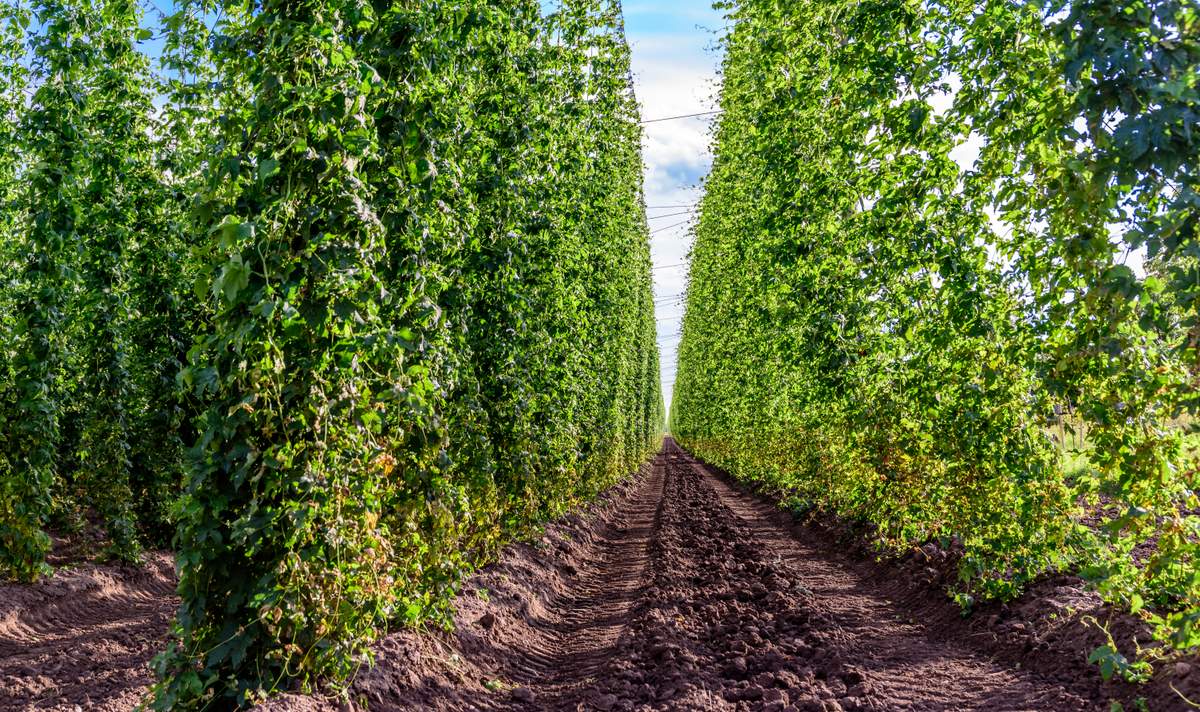
As we noted earlier this month, hop production was down about 12 percent last year. We’ll put that in perspective by also noting that production of hops in the Pacific Northwest (where nearly all hops are grown in the United States) was up 11 percent last year, with a record high 116 million lbs in 2021 (compared to the 2020 crop of 104 million lbs). Why was production down in 2022? Well, there were lots of factors. American hop yards battled cold spring weather, late plantings and big wind and rain storms. According to the recent Hop Growers of America‘s 2022 Statistical Report (released last week):
An atypical spring in the Pacific Northwest defined 2022 as a challenging year for U.S. hop production, hastening a crop 12.31% lower than 2021’s record year at 102.2 million pounds.
The report is full of other interesting factoids and includes some nice graphs on things like top hop varieties, acreage, yields and the values of those yields. In fact, here are 10 factiods from the report that summarize America’s hop production last year:
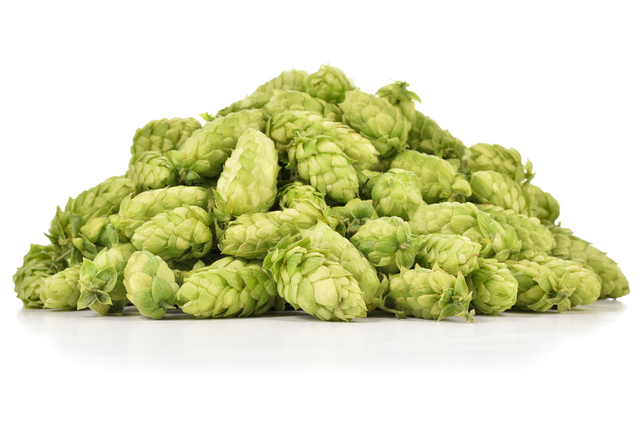
- With 61,177 acres, U.S. hop acreage remained stable, marking a slight 2 percent decline.
- For the fifth year in a row, Citra HBC 394 remained dominant in acreage, amassing a total of 12,044 acres and comprising 20 percent of Pacific Northwest acreage. Last year Citra HBC 394 climbed to the new height of alone accounting for more acres than the entire high alpha category in the United States. Mosaic HBC 369 held onto second place with 6,501 acres. This year Cascade acreage rose 18 percent, surpassing high alpha CTZ to secure third place.
- While total acreage in the Pacific Northwest declined by 2 percent, aroma acreage increased by 2 percent while high alpha varieties dropped 16 percent to approximately 11,000 acres.
- In 2022, 82 percent of Pacific Northwest acreage was dedicated to aroma and dual-purpose varieties and 18 percent was allocated to alpha varieties. Just 10 years ago the Pacific Northwest grew 50 percent aroma and dual-purpose varieties and 50 percent alpha varieties.
- A rare La Niña climate pattern ushered among the coldest and wettest spring months in the recorded history of the Pacific Northwest hop growing regions and critically delayed the development of the hop crop. Challenged by this race against time to coax hops to maturity, the situation was exacerbated in late summer when hosts of 100-degree days ripped across the Pacific Northwest and triggered the plants to suspend cone ripening. These key factors contributed to lower yields of 1,694 lbs per acre, nearly 11 percent below the 10-year average of 1,889 lbs per acre.
- 2022’s production decreased to 102.2 million lbs, which includes an estimate for farms not counted by USDA-NASS (this report here).
- HGA’s network of contacts across the country provided estimates for acreage and yields, and this year the survey calculated an estimate of 1,387 acres outside of the PNW yielding 900,000 lbs.
- States outside the Pacific Northwest experienced fair growing conditions with optimal precipitation, controlled pest pressures and above-average yields.
- Washington production represented 71 percent of the Pacific Northwest, followed by Idaho with 16 percent and Oregon with 13 percent.
- Substantially increased inflation impacting supplies, fuel, labor and other inputs was estimated by the Bureau of Labor Statistics at 6.5 percent for 2021 and 6.2 percent for 2022, which would result in a generally estimated cost of production of $15,368 per acre when applied to the 2020 figure derived by WSU. Washington State University updated its Pacific Northwest Hop Cost of Production Study in 2020, estimating the annual cost of producing mature standard trellis hops under drip irrigation in the PNW at $13,588 per acre.

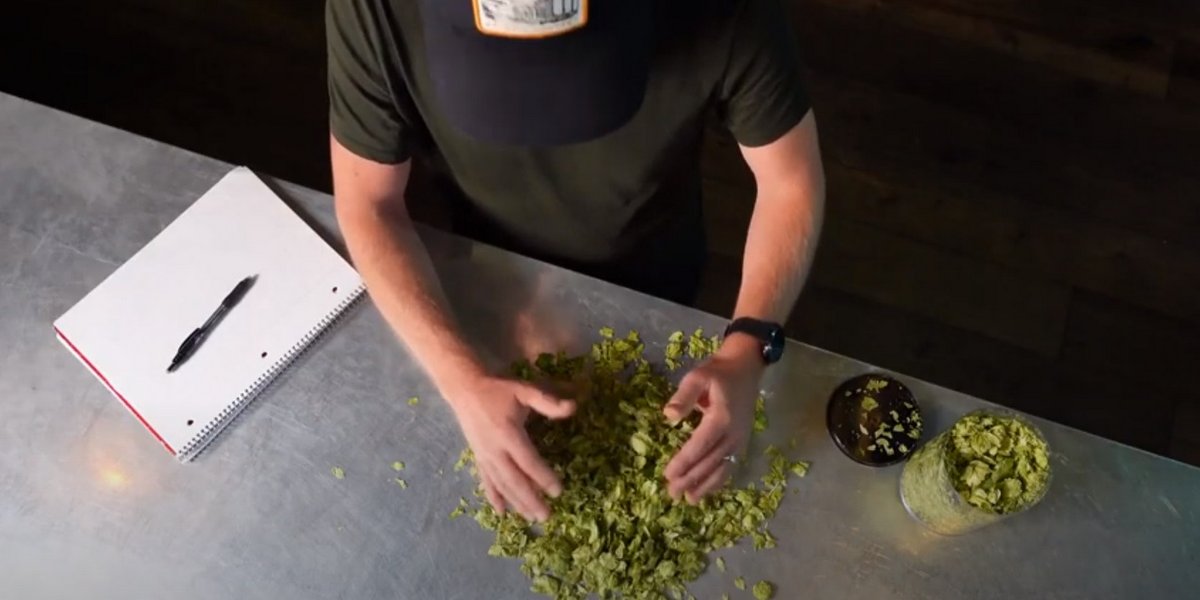
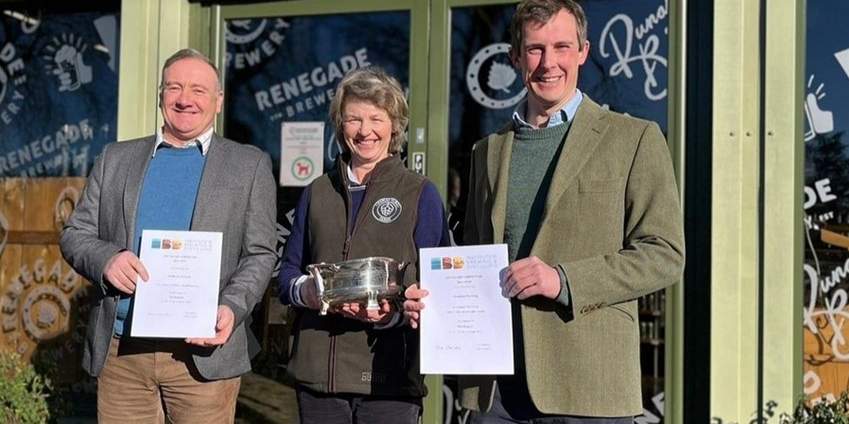

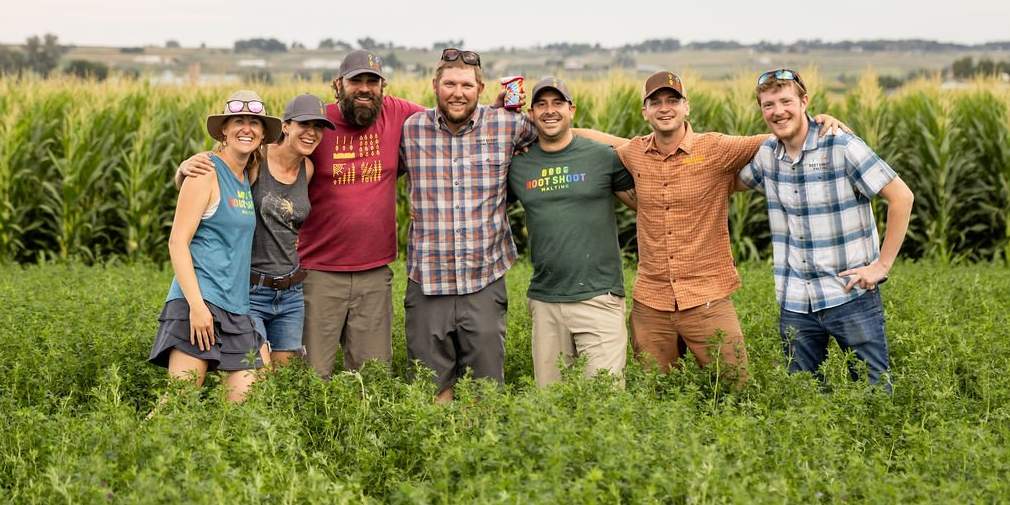
Leave a Reply
You must be logged in to post a comment.